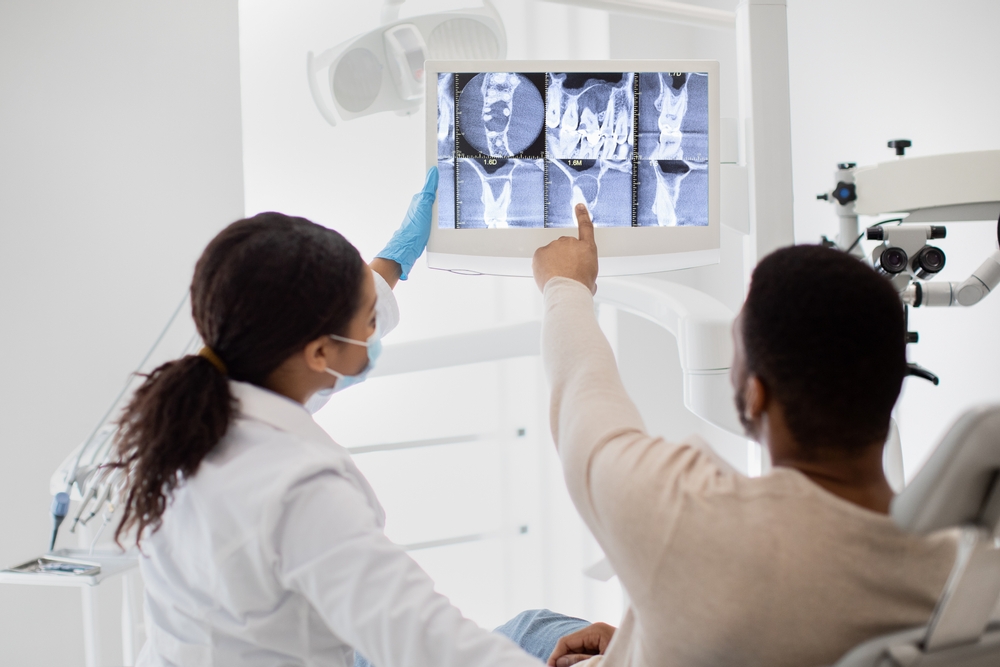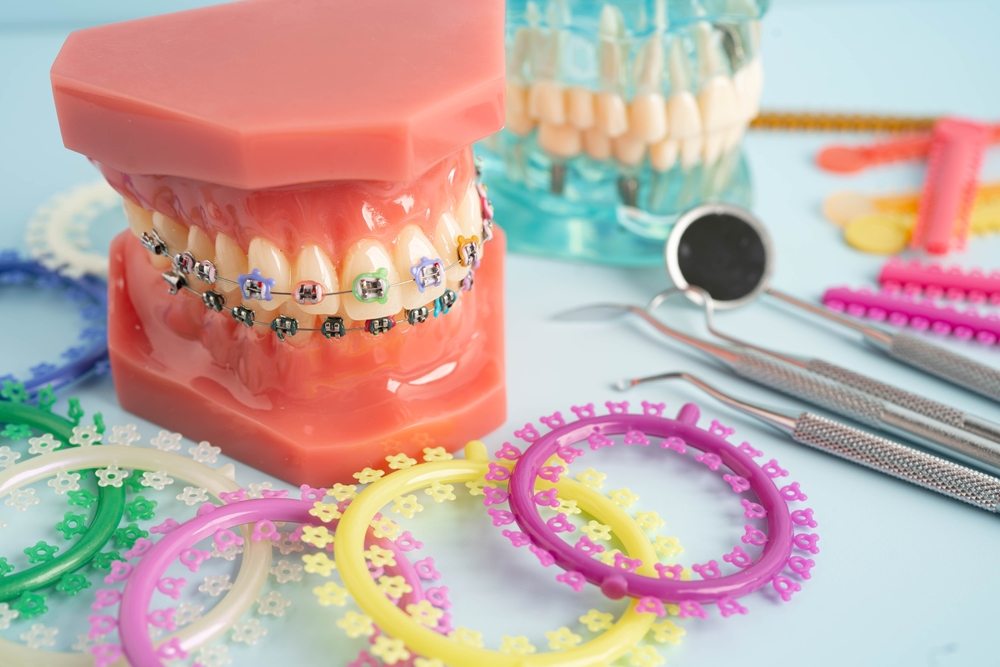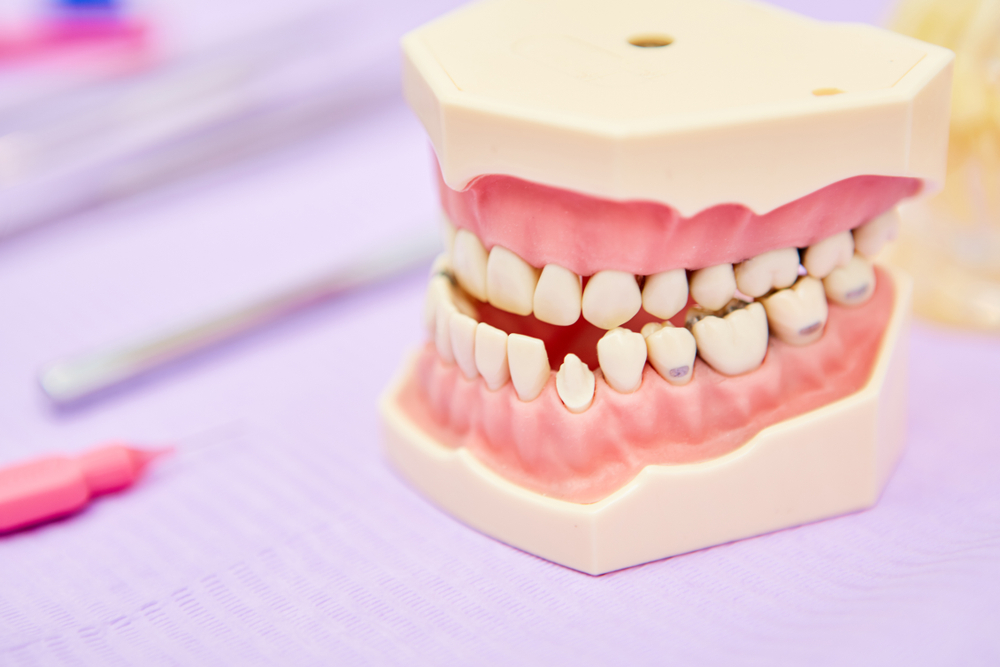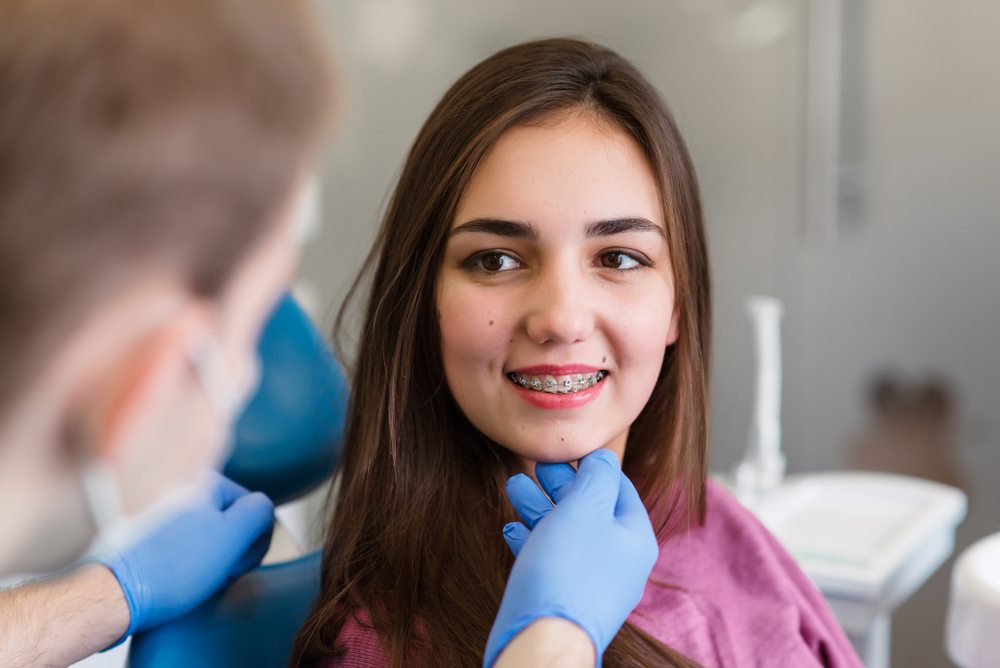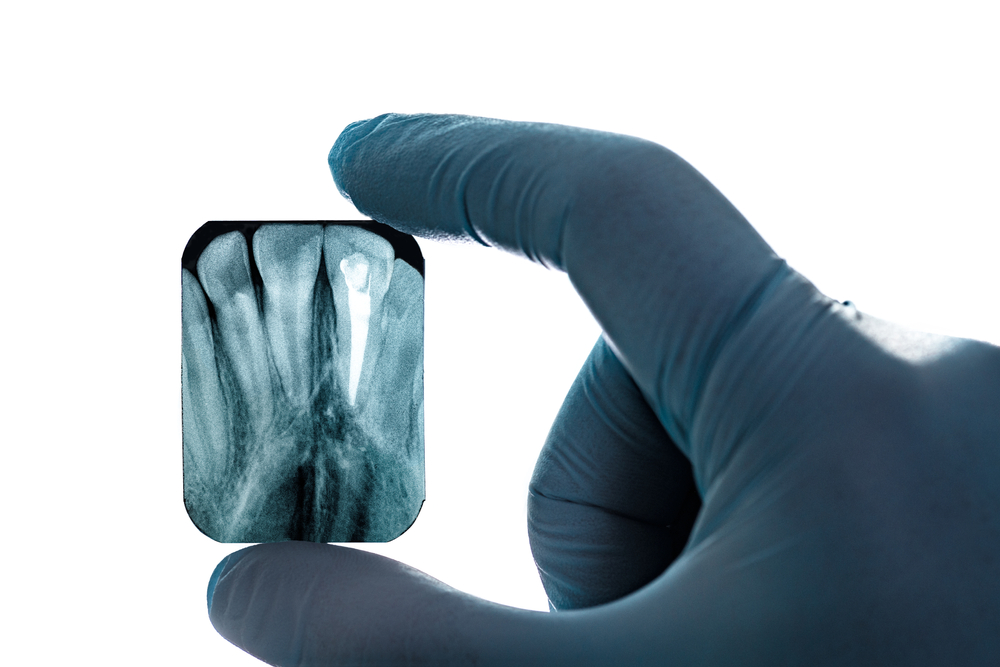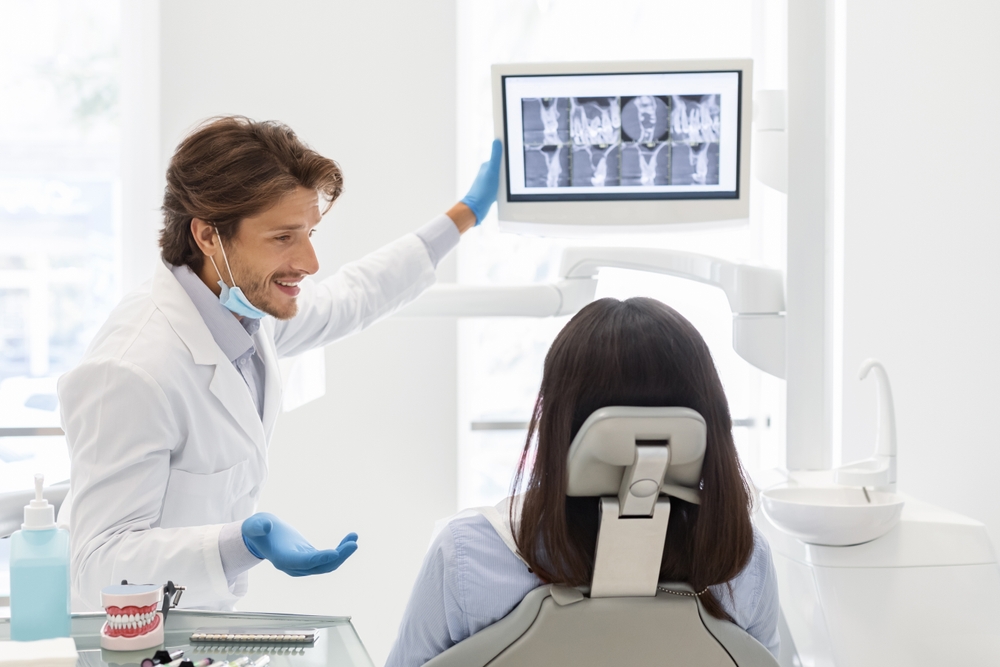Orthodontic treatment is not only about straightening teeth; it’s about achieving harmony between the teeth, jaws, and facial structures. The path to a beautiful and functional smile requires a more sophisticated approach for patients with skeletal discrepancies. At Davis Family Orthodontics, led by Dr. Laura Davis, patients in Lawrenceville, Morrow, Stone Mountain, and Loganville, GA, receive tailored care that addresses these complex orthodontic challenges.
Understanding Skeletal Discrepancies
What Are Skeletal Discrepancies?
Skeletal discrepancies occur when the upper and lower jaws misalign, leading to issues with bite function and facial aesthetics. Depending on the specific relationship between the jawbones, these discrepancies can manifest as overbites, underbites, crossbites, or open bites. Skeletal discrepancies often result from genetic factors but can also be influenced by habits such as thumb-sucking or prolonged pacifier use during childhood.
Types of Skeletal Discrepancies
- Class II Malocclusion (Overbite): The upper jaw is positioned significantly forward relative to the lower jaw, causing the upper teeth to protrude over the lower teeth. This condition is commonly referred to as an overbite.
- Class III Malocclusion (Underbite): The lower jaw is positioned forward relative to the upper jaw, causing the lower teeth to extend past the upper teeth, resulting in an underbite.
- Crossbite: A misalignment where the upper teeth bite inside the lower teeth, affecting either the front or back teeth and leading to functional and aesthetic concerns.
- Open Bite: When the mouth is closed, the upper and lower teeth do not meet, which is often caused by prolonged thumb-sucking or tongue thrusting.
The Impact of Skeletal Discrepancies
Skeletal discrepancies can significantly impact a person’s oral health, facial aesthetics, and overall quality of life. Misaligned jaws can lead to difficulty chewing and speaking, increased wear on teeth, temporomandibular joint (TMJ) disorders, and even psychological effects due to altered facial appearance. Addressing these issues requires a comprehensive understanding of the underlying skeletal structures and implementing advanced orthodontic techniques.
The Role of Orthodontics in Managing Skeletal Discrepancies
Comprehensive Assessment and Diagnosis
Effective management of skeletal discrepancies begins with a thorough assessment and accurate diagnosis. At Davis Family Orthodontics, Dr. Laura Davis employs state-of-the-art diagnostic tools, including 3D imaging and digital scans, to evaluate the patient’s jaw relationships and identify the specific type and severity of the discrepancy.
Advanced Diagnostic Tools
- 3D Imaging: Provides a detailed view of the patient’s craniofacial structures, enabling precise analysis of jaw alignment and bone morphology.
- Cephalometric Analysis: Taking lateral head X-rays to assess the skeletal and dental relationships provides valuable insights into the patient’s growth patterns and facial proportions.
- Digital Impressions: Intraoral scanners create accurate digital models of teeth and jaws, allowing for precise treatment planning.
Treatment Approaches for Skeletal Discrepancies
Orthodontic treatment for skeletal discrepancies often involves a combination of approaches to achieve optimal results. These may include traditional braces, clear aligners, orthopedic appliances, and, in some cases, orthognathic surgery.
Orthopedic Appliances
- Functional Appliances: These devices modify the growth of the jaws in younger patients. Examples include the Herbst appliance, which encourages forward growth of the lower jaw in Class II malocclusion cases, and the Bionator, which guides jaw development to correct discrepancies.
- Palatal Expanders: These are used to widen the upper jaw in cases of crossbite or crowding, creating space for proper alignment and improving the bite.
Orthodontic Braces and Aligners
- Braces: Traditional metal or ceramic braces are often used to move teeth into their desired positions, contributing to improved jaw alignment and bite function.
- Clear Aligners: For patients seeking a more discreet option, clear aligners like Invisalign can effectively address specific types of skeletal discrepancies, especially when combined with other treatment modalities.
Orthognathic Surgery
In severe cases where the skeletal discrepancy cannot be fully corrected with orthodontic appliances alone, orthognathic surgery may be necessary. This surgical intervention involves repositioning the jaws to achieve proper alignment and improve both function and aesthetics. Dr. Laura Davis collaborates with skilled oral and maxillofacial surgeons at Davis Family Orthodontics to ensure seamless integration of surgical and orthodontic treatment plans.
Patient-Centric Approach at Davis Family Orthodontics
Each patient’s treatment plan is carefully crafted at Davis Family Orthodontics to address their unique needs and goals. Dr. Laura Davis takes a holistic approach, considering not only the orthodontic concerns but also the patient’s overall well-being and long-term oral health. The practice delivers exceptional results that transform lives by leveraging advanced technology and innovative techniques.
Managing complex orthodontic cases with skeletal discrepancies often requires collaboration with other dental and medical professionals. Dr. Davis works closely with oral surgeons, pediatric dentists, and other specialists to ensure comprehensive care and seamless integration of treatment strategies. This collaborative approach ensures that patients receive the highest standard of care and achieve optimal outcomes.
The Future of Orthodontics: Embracing Innovation
The field of orthodontics is continuously evolving, with new technologies and techniques enhancing the ability to manage complex cases effectively. Innovations such as 3D printing, digital treatment simulations, and customized appliances are shaping the future of orthodontic care, allowing for even more precise and personalized treatment options.
Early intervention is key to effectively managing skeletal discrepancies. By identifying and addressing issues during a child’s developmental years, orthodontists can guide jaw growth and prevent more severe discrepancies from developing. At Davis Family Orthodontics, Dr. Laura Davis emphasizes the importance of early orthodontic evaluations to ensure timely intervention and successful treatment outcomes.
Achieving Harmony and Confidence: A Holistic Approach
Managing complex orthodontic cases with skeletal discrepancies requires a deep understanding of craniofacial anatomy and a commitment to patient-centered care. At Davis Family Orthodontics, Dr. Laura Davis and her team are dedicated to helping patients in Lawrenceville, Morrow, Stone Mountain, and Loganville, GA, achieve harmonious smiles that enhance function and confidence.
Whether you’re dealing with a challenging malocclusion or seeking guidance on orthodontic treatment options, Davis Family Orthodontics is here to support you on your journey to a healthier, more beautiful smile. Schedule a consultation today to discover the transformative possibilities of personalized orthodontic care.
Sources
- McIntyre, G. T., & Millett, D. T. (2017). The Role of Orthodontics in the Management of Complex Skeletal Discrepancies. Journal of Orthodontics, 44(3), 189-198.
- Proffit, W. R., Fields, H. W., & Sarver, D. M. (2018). Contemporary Orthodontics. Elsevier Health Sciences.
- Shroff, B., & Boucher, N. (2019). Skeletal Discrepancies in Orthodontics: Diagnosis and Management. American Journal of Orthodontics and Dentofacial Orthopedics, 155(2), 255-266.

